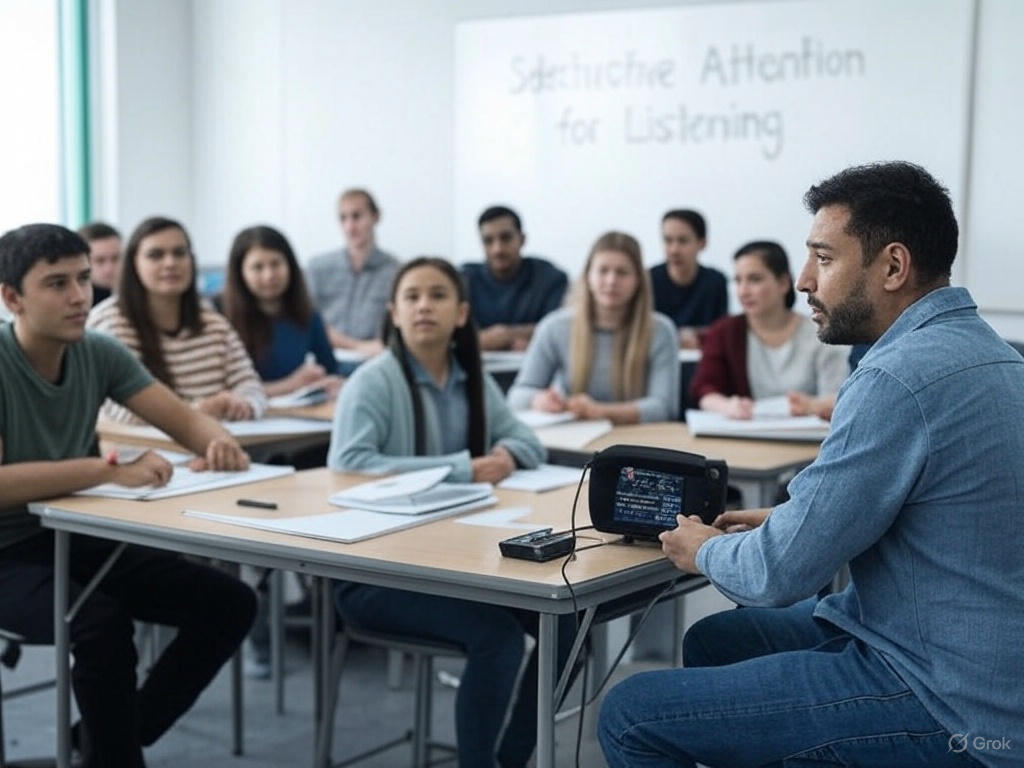A learning strategy is a set of steps you design to make learning a specific topic or skill—like English for adults—more effective. These strategies are key tools for supporting second language acquisition, whether it’s planning your study (metacognitive), practicing vocabulary (cognitive), or collaborating with others (socioaffective).
Developing your own strategies gives you control over how you approach learning or teaching, letting you tailor them to the needs of adult learners—who often face challenges like limited time or varying motivation—and streamline your efforts to meet clear goals. There’s no one-size-fits-all: if your steps improve learning, your strategy works.
This template will get you started.
LEARNING STRATEGY TEMPLATE
- NAME: Give it a unique, memorable name that reflects its purpose (e.g., “Active Review for Adults”).
- DESCRIPTION: Briefly explain what the strategy does and how it helps English learning (e.g., “Improves listening comprehension in adults through guided repetition”).
- CONTEXT: Specify where and with whom it’s used (e.g., “Intermediate adult English class”).
- MATERIALS: List what’s needed to apply it (e.g., “Class video, notebook, timer”).
STEPS:
- Write clear instructions using imperative verbs (e.g., “Watch the video”).
- Keep each step short and direct (e.g., “Note three new words”).
- Ensure all essential steps are covered for it to work.
- For specific details:
- Use sub-steps to organize them (e.g., “a. Pause the video; b. Repeat aloud”).
- This breaks down complex actions.
- Test the strategy and tweak it based on results (e.g., “Shorten the time if students tire”).
- Check if it aids learning; if it does, it’s a success!
NOTES: Use this space for personal reflections (e.g., “Adults enjoy practical examples”) or reminders (e.g., “Give positive feedback”). This helps you refine the strategy for your students.
Learning Strategy Example: Selective Attention for Listening
- NAME: Ear On, Noise Off
- DESCRIPTION: Helps adult learners improve listening comprehension in English by focusing only on key information during a conversation or audio, ignoring distractions.
- CONTEXT: An intermediate adult English class, especially for listening practice with videos or podcasts.
- MATERIALS: A short English video or audio clip (e.g., the “Intermediate Adult TEFL Class – Giving Advice” from Task 3.2), notebook, pen.
STEPS:
- Choose a short audio or video (3–5 minutes) to listen to.
- Decide in advance what to focus on (e.g., advice phrases like “You should…”).
- Preview the topic or title to guess key words (e.g., “advice,” “problem”).
- Listen once, noting only the key words or phrases you decided to catch.
- Ignore background noise or unrelated details (e.g., laughter, side comments).
- Replay the audio and add 1–2 details to your notes (e.g., examples given).
- Check your notes—did you catch the main points? Adjust your focus next time if needed.
NOTES:
- Adults with busy schedules might find this quick and practical.
- If students miss too much, shorten the clip or pick fewer key words to start.



